-
 Bitcoin
Bitcoin $111,259.5910
2.32% -
 Ethereum
Ethereum $2,789.1977
6.17% -
 Tether USDt
Tether USDt $1.0006
0.06% -
 XRP
XRP $2.4172
3.88% -
 BNB
BNB $671.6585
1.21% -
 Solana
Solana $157.1336
2.90% -
 USDC
USDC $1.0001
0.02% -
 TRON
TRON $0.2913
1.52% -
 Dogecoin
Dogecoin $0.1809
5.04% -
 Cardano
Cardano $0.6213
4.40% -
 Hyperliquid
Hyperliquid $41.7572
6.29% -
 Sui
Sui $3.1623
8.35% -
 Bitcoin Cash
Bitcoin Cash $513.7819
1.17% -
 Chainlink
Chainlink $14.2966
1.64% -
 Stellar
Stellar $0.2904
9.82% -
 UNUS SED LEO
UNUS SED LEO $8.9624
-0.86% -
 Avalanche
Avalanche $19.4161
5.41% -
 Hedera
Hedera $0.1754
8.17% -
 Shiba Inu
Shiba Inu $0.0...01243
4.58% -
 Toncoin
Toncoin $2.8743
2.25% -
 Litecoin
Litecoin $90.6242
3.12% -
 Monero
Monero $328.7483
3.34% -
 Polkadot
Polkadot $3.6433
5.06% -
 Dai
Dai $1.0002
0.02% -
 Ethena USDe
Ethena USDe $1.0011
0.06% -
 Uniswap
Uniswap $8.3418
8.66% -
 Bitget Token
Bitget Token $4.4331
2.68% -
 Pepe
Pepe $0.0...01102
8.17% -
 Aave
Aave $297.1705
-0.69% -
 Pi
Pi $0.4712
1.31%
What is a proxy contract and how does it enable upgradability?
Proxy contracts enable smart contract upgrades by separating logic from storage, using `delegatecall` to maintain state while updating functionality.
Jul 10, 2025 at 07:42 pm
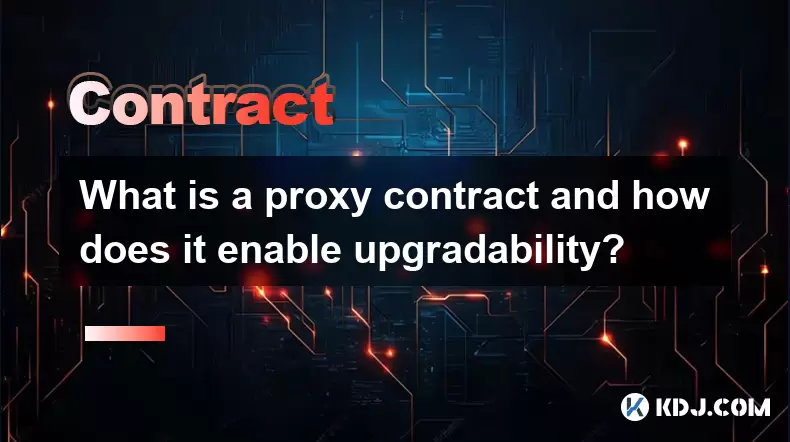
Understanding Proxy Contracts in Smart Contract Development
In the world of blockchain and smart contract development, proxy contracts have emerged as a crucial design pattern. Unlike traditional smart contracts that are immutable once deployed, proxy contracts offer a structured mechanism to implement changes and upgrades without redeploying the entire contract. This flexibility is especially important in environments like Ethereum, where deployed code cannot be altered directly. Proxy contracts serve as intermediaries between users and the actual logic of the application, allowing developers to update functionalities over time.
How Proxy Contracts Work: A Technical Overview
At its core, a proxy contract acts as a facade or wrapper around another contract known as the implementation contract. When a user interacts with the proxy, it forwards function calls to the implementation contract using the delegatecall opcode. This opcode ensures that the execution context (such as storage and sender address) remains consistent with the proxy's state, even though the logic resides elsewhere.
- The proxy maintains the contract’s state.
- The implementation contract contains the business logic.
- Function calls from users are routed through the proxy to the current implementation.
This separation allows for updates to the implementation while preserving all existing data and interactions tied to the proxy address.
The Role of Delegatecall in Enabling Upgradability
The key technical feature enabling upgradability in proxy contracts is the delegatecall mechanism. In Solidity, delegatecall allows one contract to execute code from another contract while maintaining the caller’s storage, value, and context. This means that when the proxy contract uses delegatecall to invoke functions on the implementation contract, any changes made during execution affect the proxy’s storage rather than the implementation's.
This behavior is essential because:
- It ensures that data persists even after an upgrade.
- It decouples logic from storage, which is necessary for future modifications.
Without delegatecall, upgrades would require redeploying both the contract and its associated data, leading to potential inconsistencies and loss of information.
Types of Proxy Patterns Used in Practice
Several proxy patterns exist within the Ethereum ecosystem, each offering varying degrees of complexity and control:
Transparent Proxy Pattern: This approach routes all external calls to the implementation contract unless the caller is the admin, who can access administrative functions directly on the proxy. This ensures that governance operations do not interfere with regular user interactions.
UUPS (Universal Upgradeable Proxy Standard): In this model, the upgrade logic is part of the implementation contract itself. This reduces centralization risk by allowing upgrades to be controlled at the implementation level.
Beacon Proxy Pattern: Instead of hardcoding the implementation address, the beacon proxy retrieves the latest implementation address from a separate beacon contract. This enables mass upgrades across multiple proxies simultaneously.
Each of these models has trade-offs in terms of security, decentralization, and ease of maintenance, making them suitable for different use cases depending on project requirements.
Implementing a Basic Proxy Contract: Step-by-Step Guide
Creating a basic proxy contract involves several precise steps. Here's how to do it manually using Solidity:
Write the Implementation Contract: Define the core logic of your application in a standard Solidity contract. For example, create a simple token contract with balance tracking and transfer functionality.
Deploy the Implementation Contract: Use a deployment script or tool like Hardhat or Truffle to deploy the implementation contract to the desired network. Take note of the contract address.
Create the Proxy Contract: Write a proxy contract that stores the implementation address and uses
delegatecallto forward incoming transactions. Ensure that fallback functions properly handle unknown function calls.
pragma solidity ^0.8.0;contract Proxy {
address public implementation;
constructor(address _implementation) {
implementation = _implementation;
}
fallback() external payable {
address impl = implementation;
assembly {
let ptr := mload(0x40)
calldatacopy(ptr, 0, calldatasize())
let result := delegatecall(gas(), impl, ptr, calldatasize(), 0, 0)
let size := returndatasize()
returndatacopy(ptr, 0, size)
switch result
case 0 { revert(ptr, size) }
default { return(ptr, size) }
}
}
}
Deploy the Proxy Contract: Deploy the proxy and pass the implementation address to its constructor.
Interact with the Proxy: All user interactions should go through the proxy contract, ensuring that the correct logic is executed while maintaining persistent state.
Security Considerations and Best Practices
Upgradability introduces new attack vectors and requires careful handling. Here are some critical considerations:
Admin Access Control: Only trusted entities should be able to initiate upgrades. Implement multi-signature wallets or timelocks to prevent unauthorized changes.
Storage Collisions: If the proxy and implementation contracts have overlapping storage variables, data corruption can occur. Use libraries like OpenZeppelin’s
Initializableto avoid conflicts.Testing and Auditing: Thoroughly test proxy-based systems in staging environments. Conduct formal audits before deploying to mainnet to ensure there are no exploitable vulnerabilities.
Documentation and Transparency: Clearly document upgrade procedures and maintain transparency with users about potential changes.
By adhering to best practices, developers can mitigate risks while leveraging the benefits of upgradable smart contracts.
Frequently Asked Questions
Q1: Can anyone upgrade a proxy contract?
No, only addresses with administrative privileges, typically governed by access control mechanisms, can perform upgrades. Proper role management is essential to prevent unauthorized access.
Q2: Is it possible to track past versions of an implementation contract?
Yes, by storing historical implementation addresses on-chain or off-chain, developers can audit and verify previous versions used during specific periods.
Q3: What happens if the implementation contract reverts during a call?
If the implementation contract reverts, the transaction will fail, and any state changes made during the call will be rolled back. The proxy contract does not retain the failed logic change.
Q4: Are proxy contracts compatible with all Ethereum Virtual Machine (EVM) compatible blockchains?
Yes, since they rely on fundamental EVM features like delegatecall, proxy contracts work across all EVM-compatible networks such as Binance Smart Chain, Polygon, and Avalanche.
Disclaimer:info@kdj.com
The information provided is not trading advice. kdj.com does not assume any responsibility for any investments made based on the information provided in this article. Cryptocurrencies are highly volatile and it is highly recommended that you invest with caution after thorough research!
If you believe that the content used on this website infringes your copyright, please contact us immediately (info@kdj.com) and we will delete it promptly.
- US Mint 2025 Coin Set: A Collector's Must-Have
- 2025-07-11 00:50:13
- Crypto-Backed Borrowing on the Rise: Nexo's YoY Surge and What It Means
- 2025-07-11 01:10:13
- Bitcoin Miners, Altcoin Investments, and the Solana Surge: Navigating the Cryptocurrency Landscape
- 2025-07-11 00:30:12
- GMX Crypto Theft on Ethereum Arbitrum: A $42 Million Wake-Up Call
- 2025-07-11 00:30:12
- DNA Coin, Biotech Streaming, and Real-World Assets: A New Frontier?
- 2025-07-10 22:30:13
- Transak, HYPE Token, and the Hyperliquid Ecosystem: A Deep Dive
- 2025-07-10 23:10:13
Related knowledge
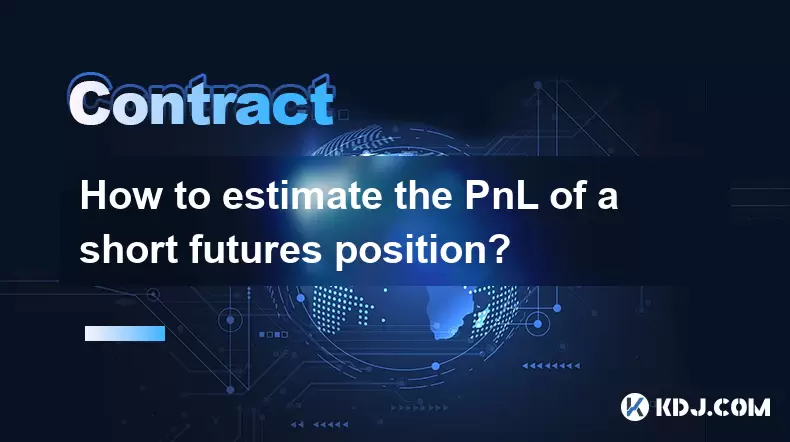
How to estimate the PnL of a short futures position?
Jul 10,2025 at 05:00pm
Understanding the Basics of Futures Trading and PnLIn futures trading, a trader enters into a contract to buy or sell an asset at a predetermined pric...
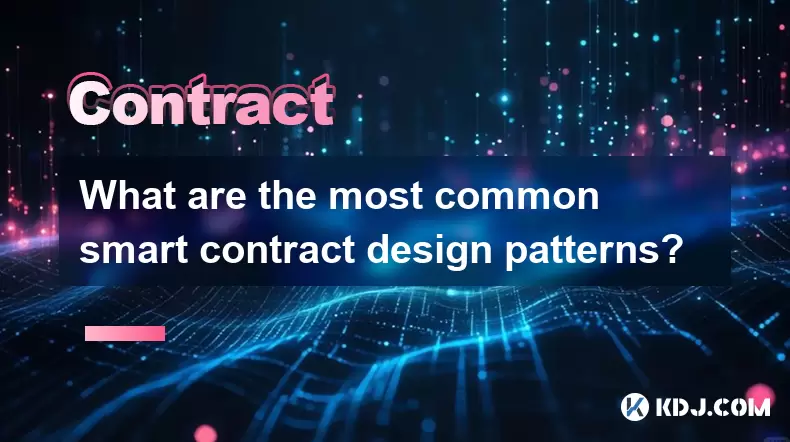
What are the most common smart contract design patterns?
Jul 10,2025 at 09:29pm
Introduction to Smart Contract Design PatternsSmart contract design patterns are standardized solutions to recurring problems encountered during the d...
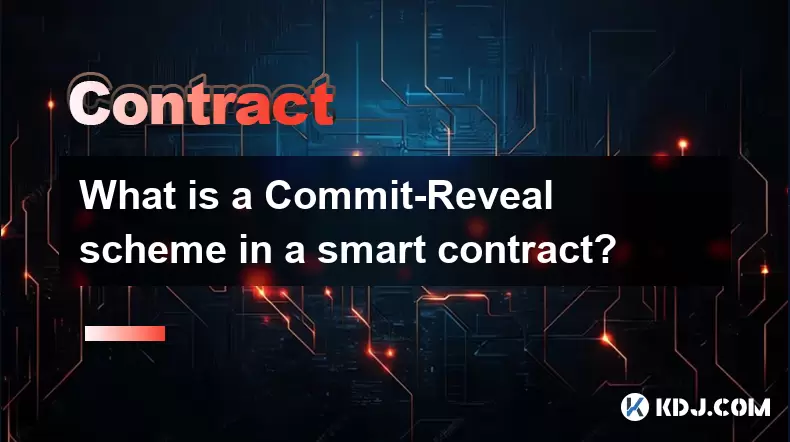
What is a Commit-Reveal scheme in a smart contract?
Jul 10,2025 at 05:22pm
Understanding the Concept of a Commit-Reveal SchemeIn the realm of blockchain and smart contracts, privacy and fairness are often critical concerns, e...
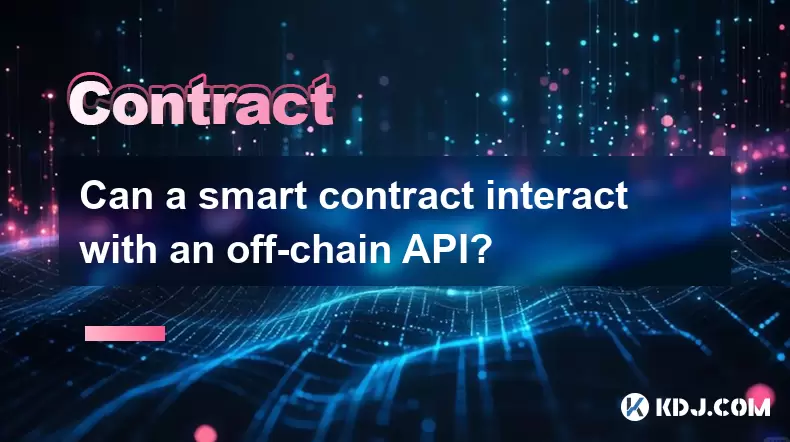
Can a smart contract interact with an off-chain API?
Jul 10,2025 at 09:42pm
What is a Smart Contract?A smart contract is a self-executing contract with the terms of the agreement directly written into lines of code. These cont...
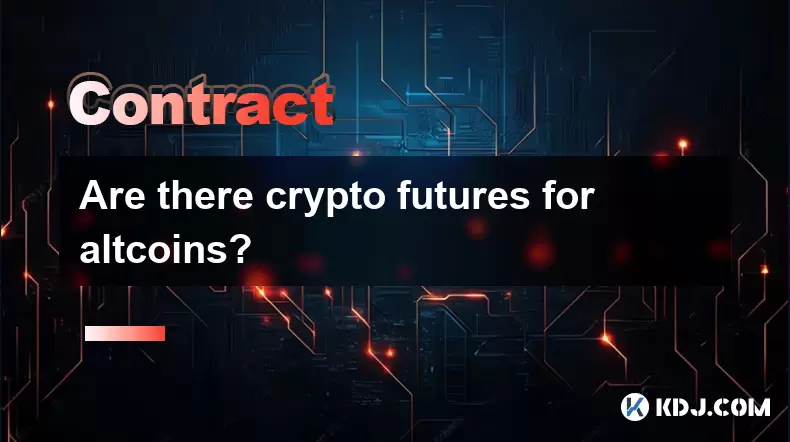
Are there crypto futures for altcoins?
Jul 10,2025 at 11:14pm
What Is a Crypto Faucet and How Does It Work?A crypto faucet is an online platform or application that rewards users with small amounts of cryptocurre...
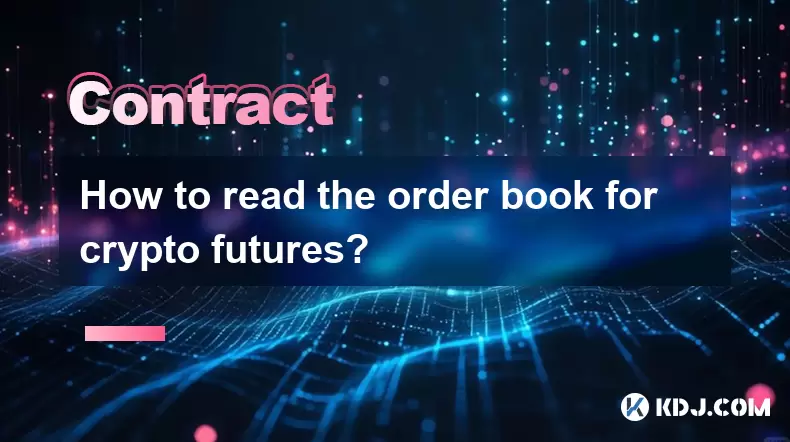
How to read the order book for crypto futures?
Jul 10,2025 at 11:49pm
Understanding the Basics of a Crypto Futures Order BookTo effectively read the order book for crypto futures, it is essential to understand its core c...

How to estimate the PnL of a short futures position?
Jul 10,2025 at 05:00pm
Understanding the Basics of Futures Trading and PnLIn futures trading, a trader enters into a contract to buy or sell an asset at a predetermined pric...

What are the most common smart contract design patterns?
Jul 10,2025 at 09:29pm
Introduction to Smart Contract Design PatternsSmart contract design patterns are standardized solutions to recurring problems encountered during the d...

What is a Commit-Reveal scheme in a smart contract?
Jul 10,2025 at 05:22pm
Understanding the Concept of a Commit-Reveal SchemeIn the realm of blockchain and smart contracts, privacy and fairness are often critical concerns, e...

Can a smart contract interact with an off-chain API?
Jul 10,2025 at 09:42pm
What is a Smart Contract?A smart contract is a self-executing contract with the terms of the agreement directly written into lines of code. These cont...

Are there crypto futures for altcoins?
Jul 10,2025 at 11:14pm
What Is a Crypto Faucet and How Does It Work?A crypto faucet is an online platform or application that rewards users with small amounts of cryptocurre...

How to read the order book for crypto futures?
Jul 10,2025 at 11:49pm
Understanding the Basics of a Crypto Futures Order BookTo effectively read the order book for crypto futures, it is essential to understand its core c...
See all articles


























![Bitcoin is about to plummet and get 9-7W long-term short orders [Chainblade’s latest market BTC technical analysis] July 10, 2025 Bitcoin is about to plummet and get 9-7W long-term short orders [Chainblade’s latest market BTC technical analysis] July 10, 2025](/uploads/2025/07/10/cryptocurrencies-news/videos/bitcoin-plummet-w-term-short-chainblade-market-btc-technical-analysis-july/686f8f4c58e52_image_120_90.webp)






























































